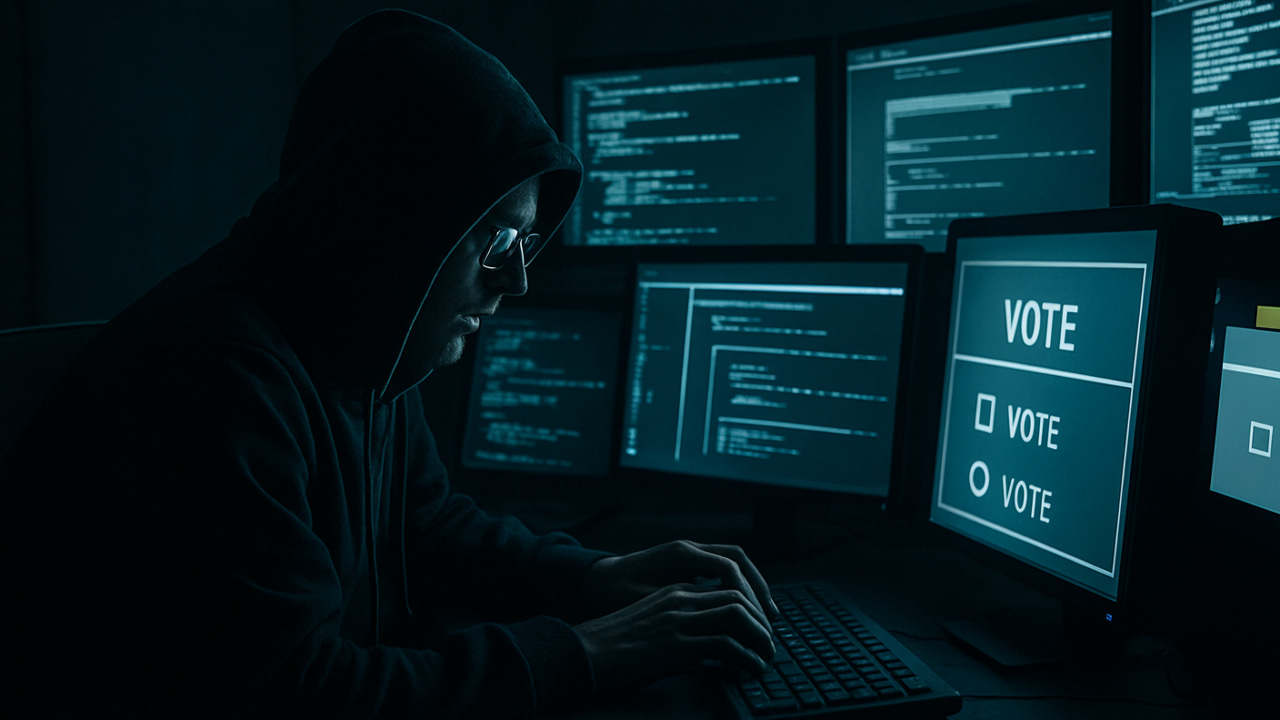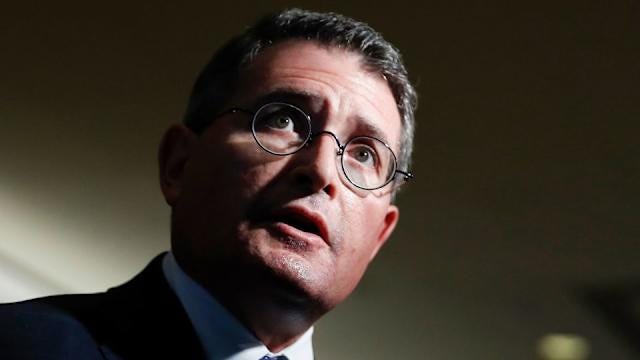Exclusive: A New Suspect Emerges in the Hacking of Democracy
How Leonard Leo's $1.65 billion deal created unprecedented election security vulnerabilities
The most sophisticated election interference operation in American history may have been hiding in the least obvious place: the humble power backup systems that keep voting machines running during outages. New technical analysis reveals how a complex web involving Leonard Leo's dark money network, surveillance contractor Palantir Technologies, and over 100,000 vulnerable power systems created an unprecedented backdoor into U.S. election infrastructure.
The Dark Money Pipeline to Election Infrastructure
The story begins in 2021 when conservative operative Leonard Leo engineered a $1.65 billion acquisition that would position one company to control critical infrastructure supporting America's voting systems. Through his Marble Freedom Trust, Leo received the proceeds from Chicago businessman Barre Seid's sale of Tripp Lite to Eaton Corporation—a transaction that avoided $400 million in taxes while placing sophisticated remote management capabilities at the intersection of power infrastructure and election security.
Tripp Lite's uninterruptible power supply systems now sit directly connected to ES&S tabulators and Dominion voting machines across thousands of polling locations and vote-counting centers. These aren't simple battery backups—they're network-connected devices with remote firmware update capabilities, cellular modems, and cloud-based monitoring through Eaton's Brightlayer platform. Security researchers have identified over 100,000 such units visible on internet search engines, many still using default credentials that enable remote manipulation of power settings and system shutdowns.
The technical vulnerabilities create multiple pathways for sophisticated attacks. The widely-deployed UPS models contain documented security flaws including CVE-2019-16261, which allows unauthenticated attackers to change passwords and control power outlets remotely. More concerning, these systems support "power line communication" protocols that can transmit data through electrical infrastructure at 10-78 bits per second—effectively turning supposedly air-gapped voting systems into networked devices accessible through their power connections.
The sophisticated technical infrastructure suggests Eaton may have served as the inside ally, keeping these backdoors operational and accessible while the broader Russian disinformation campaign funded Trump's return to power through Elon Musk's $130 million investment. The missing piece was Musk's Starlink satellite network, which gained unprecedented emergency authorization just days before the election to connect directly to any cell phone in America—including devices connected to voting infrastructure.
While Americans were told Starlink's Direct-to-Cell service wouldn't launch until 2025, over 330 satellites were secretly operational by November 2024. This technology could bypass every traditional communication pathway, linking devices directly to satellites and then anywhere on Earth. As Trump took an early lead on election night, Musk declared victory on X: "Game, set, and match," followed by "America is a nation of builders. Soon, you will be free to build." Whether these capabilities were actually exploited remains unknown, but the access was maintained and ready.
Surveillance-Grade Access to Critical Infrastructure
Eaton's May 2024 partnership with Palantir Technologies exponentially amplified these risks. The deal granted the surveillance contractor—which maintains $1.3 billion in contracts with CIA, FBI, NSA, and Department of Defense—access to power infrastructure data across Eaton's operations in 160 countries. Palantir's platform integrates siloed data sources into unified operational pictures with real-time analysis capabilities, creating surveillance-grade visibility into critical infrastructure that includes U.S. voting systems.
Keep reading with a 7-day free trial
Subscribe to Narativ with Zev Shalev to keep reading this post and get 7 days of free access to the full post archives.




